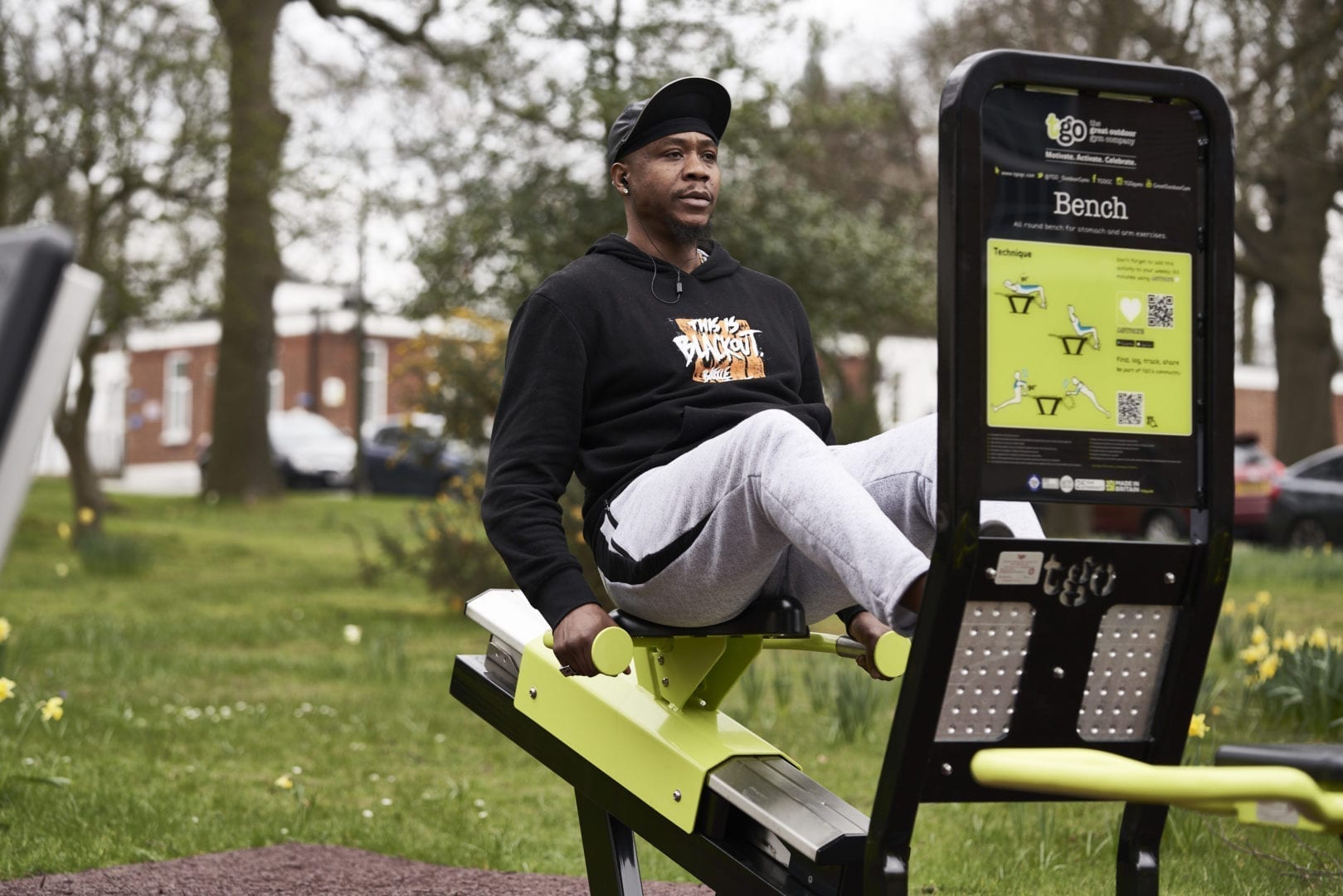While the use of seclusion and restraint in psychiatric settings is sometimes necessary, mounting evidence suggests that for children and adolescents, a comfort room containing sensory equipment can be used to help calm young people or engage them in stimulating activities.
Staff at Woodland House Adolescent Unit in Kent realised that if they could help to regulate arousal levels in young people, they could reduce the need for seclusion or restraint. This would promote more compassionate handling of troubled youngsters in their care and reduce staff stress levels.
So thanks to funding from the Maudsley Charity and your donations, the unit was awarded £3,000 to transform an old confinement room into a sensory comfort room.
Inspiration from Bethlem Hospital
Senior Occupational Therapist Joanna Loomes manages the project with help from Occupational Therapist Sophie Appelt. Joanna learned about the potential benefits of sensory therapy for young people when she worked in an adolescent forensic unit at The Bethlem Royal Hospital. This gave her the inspiration to develop a comfort room at Woodland House.
‘Originally the room was a supervised confinement room but it wasn’t fit for purpose,’ she explains. ‘It was the wrong shape and too far from the ward. It took time to convince the Senior Management team of the need for a change of use, but eventually we were successful.’
Young people brought comfort room to life
Young people were heavily involved in bringing the room to life and designed all the murals. Sophie says, ‘They’d draw out their designs on a big sheet of paper, so when they put them up to the wall, they came out exactly how they wanted them to. That was a big thing for them.’
Sensory approaches regulate arousal levels
‘Some young people have trouble regulating their arousal levels and their emotions,’ says Sophie. ‘So we use non-verbal strategies to calm them and help them to manage them, so they can then go and talk with a nurse.’ These include touch, smell, sound and visual approaches.
‘Equally, we also have young people with low arousal levels. For example, if they are depressed, we use sensory approaches to alert them. We always have ice cubes in the freezer as these can be used as a way to tolerate stress and as an alternative to self-harm.’
Most of the sensory equipment was ordered from Rhino, a specialist sensory equipment supplier used to working with health and education organisations.
‘There are items out in the room all the time such as the seating and the music system,’ explains Joanna. ‘So if a young person needs the room straight away, it can be used immediately.
‘For visual stimulation, along with the murals, there’s a hurricane tube; a plastic column with fan-driven beads which rise and fall creating a stimulating, bubbling effect; there’s also moveable gel floor squares, which are good for calming an agitated young person.’
Other items are used in guided sessions with staff. These include sensory oils to calm or enliven, small beanbags that can be thrown at the wall to vent frustration and three projectors to display soothing images.
All the team at Woodland House have been trained to use the room. ‘Even when the occupational therapy (OT) team isn’t here, the rest of the team can hold a session with a young person,’ Joanna explains.
"I find it easier to talk to staff in the room because I don't feel like there are other patients listening. It’s my favourite room in the building."
Sharing the outcomes
‘It’s really tough at the moment, says Joanna. ‘I think it’s really helped staff morale that even though money is tight, staffing is tight and everything feels very difficult, staff feel thought about. So far the response has been really positive.’
Joanna says further feedback will be gathered at the termly focus groups held to evaluate the general therapeutic programme. Lessons and successes from the project will be shared through the Trust’s OT development days.
Support us to provide better environments for hospital patients
From an outdoor gym to a sensory room, your donation can help us create a better hospital environment and improve the physical and mental wellbeing of our patients.
Donate now - help us make a difference
